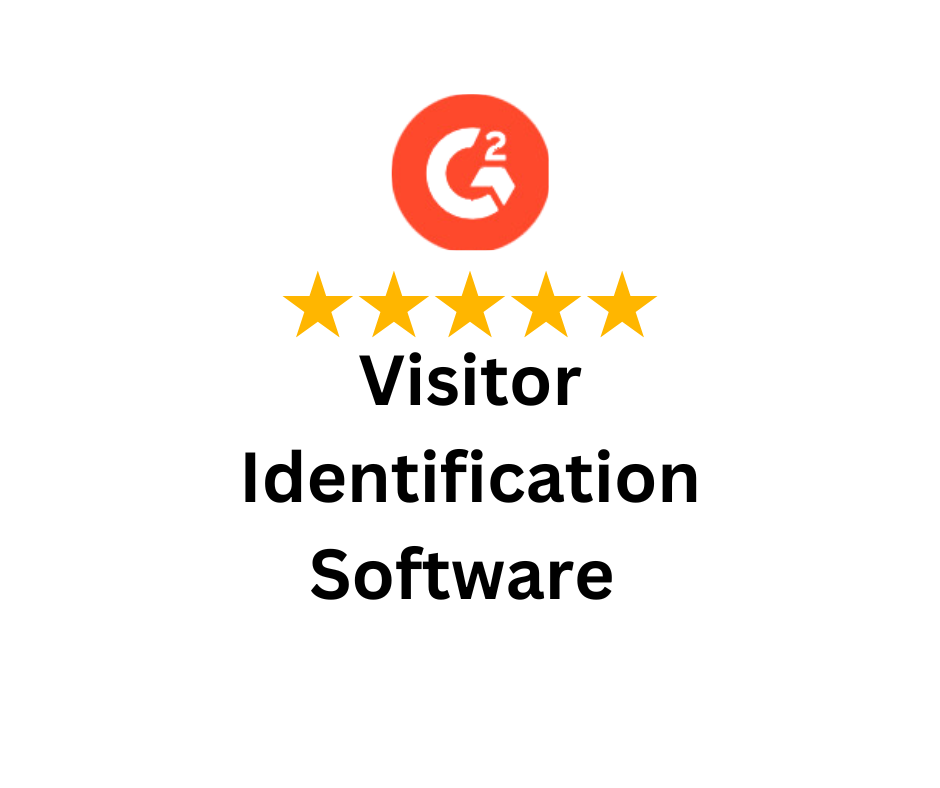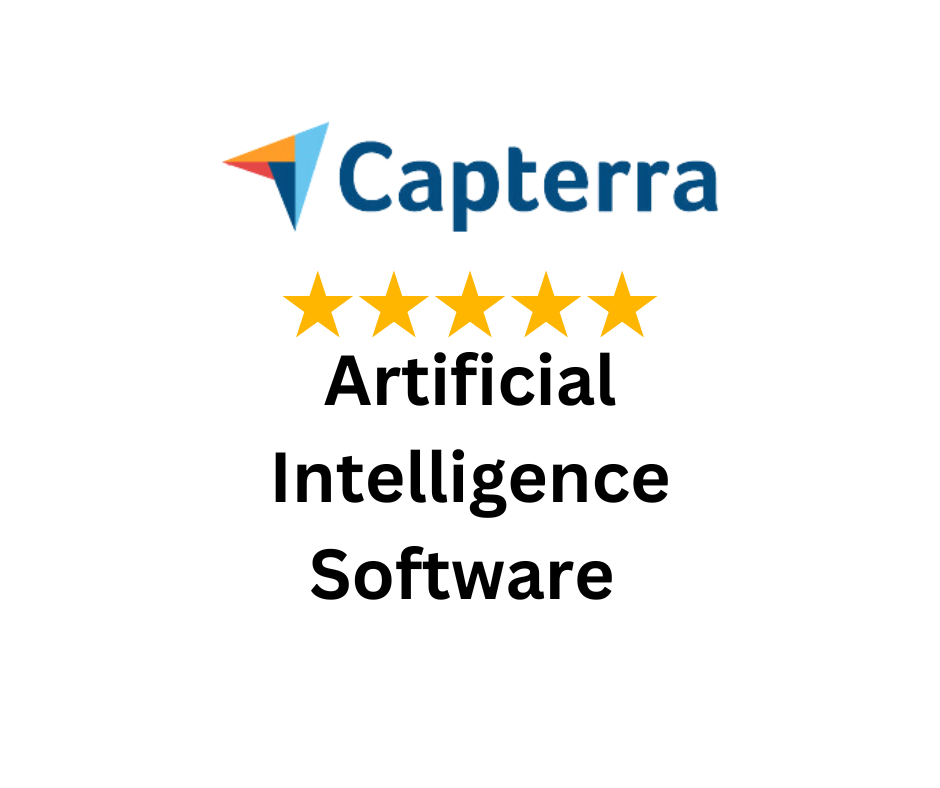Dental practices are exhausting PPC budgets faster than we can imagine!
Costs per click are increasing, competition is tough, and traditional optimization techniques simply aren’t working anymore.
Yet some dental ppc agencies continue to double their clients’ ROI while others can barely break even.
What’s the difference? They’ve adopted an AI-based funnel optimization process. We are NOT talking about a new tool to add to your tech stack!
We are referring to a different way to think about campaign execution, attribution tracking, and budget allocation.
The agencies that can effectively implement this framework are going to leave everyone else behind.
Here’s exactly how they’re doing it.
Every successful dentist ppc agency starts with crystal-clear funnel mapping. Without this foundation, you’re optimizing blind.
Funnel mapping means documenting each step a potential patient takes from seeing your ad to booking an appointment, identifying where visitors drop off, and understanding what motivates them to move forward at each stage.
The dental PPC funnel has three critical stages that determine your success or failure:
Common leakage points include:
Leakage Point | AI Solution |
High clicks, low bookings | |
Mismatched ad copy and landing page | Automated variant testing |
No retargeting for form abandoners | |
Poor mobile experience | Dynamic page optimization |
These leaks compound quickly. Fix them systematically, and you’ll see dramatic ROI improvements.
Start with the highest-impact leakage first, align your ad copy with landing page messaging by ensuring your headline matches the promise made in your ad. Next, implement retargeting campaigns to recapture visitors who abandon forms by creating pixel-based audiences and serving them follow-up ads across Google Display Network and social platforms.
Address mobile experience issues by testing your landing pages on actual mobile devices and optimizing form fields, button sizes, and page load speeds for mobile users. Finally, use predictive audience targeting to identify and focus budget on high-intent searchers while reducing spend on broad, low-converting keyword matches. Each fix builds on the previous one, creating compound improvements that transform campaign performance over time.
Mapping each stage ensures a dentist PPC agency can direct AI interventions to the precise stage with the highest potential impact.
Most dentist ppc companies still use campaigns that look like 2015 campaigns. They still do A/B testing monthly, they adjust their manual bids monthly, and they set budgets based on their gut feelings.
This approach has three fatal flaws:
The result? You’re constantly playing catch-up while your competitors leverage real-time optimization to capture the best opportunities.
Additionally, traditional methods contribute to dental-related challenges, including:
Manual optimization simply can’t process all these variables at once, leaving you stuck with inefficiencies while smarter competitors pull ahead.
AI platforms are fundamentally changing how dental ppc agencies run campaigns because they have the capability to analyze enormous amounts of data in real time and make split optimization decisions in an instant.
Here’s how the technology works:
The traditional form of tracking falls apart when patients call in or schedule an appointment days later after their initial visit. DeepID attribution still connects those offline conversions back to their true ad source, even with cookie limitations and cross-device behavior.
This means you can now measure the actual ROI of your so-called ‘research-heavy’ keywords that generate phone calls, instead of just form fills.
Instead of running one A/B test per month, AI platforms run continuous multivariate tests across landing pages, ad copy, and audience segments. Traffic automatically shifts to top-performing variants within hours, not weeks.
Machine learning is smart enough to recognize the patients with the most value, along with their conversion patterns, geographical location, search behavior, and when they are more likely to convert on an offer. Each ad spend adjustment is based on predicted conversion likelihood, and your budgets automatically change accordingly for the most productive advertising.
This platform collaborates with multiple channels and all available data, from Google Ads to practice management software, to call tracking tools, to CRM platforms. This creates a complete view of patient acquisition that most agencies never achieve.
Smart dental ppc marketing agencies follow this proven implementation sequence to maximize results:

Start by evaluating your current campaign performance:
Next, integrate your AI platform with existing data sources:
Initially, focus on high traffic landing pages, usually emergency dentistry, and treatment categories such as implants or cosmetics.
Define test variables strategically:
Initiate tests with accurate performance thresholds. Most agencies that are successful will see statistically significant performance in 2-3 weeks.
Implement AI-driven bid adjustments based on:
After inputting your bidding range, the system will prioritize your spend by segmenting your cookie data with automated bid adjustments to focus on the areas with the highest probability of conversion and reduce waste on everything else.
Establish weekly dashboard reviews covering:
Monthly strategic meetings should recalibrate targets based on seasonal patterns, competitive changes, and practice capacity.
Doubling PPC ROI is a strong achievement, but keeping those gains long-term takes more than just running the same campaigns. After an AI-driven funnel starts delivering results, a dental PPC agency should shift focus toward tactics that adapt to changing patient behavior, seasonal demand, and advertising platform updates.
Most dental practices draw patients from a specific service area. Geofencing lets you show ads only to people within defined locations where they’re more likely to become paying patients.
This keeps ad dollars focused on areas with the highest likelihood of conversions instead of wasting budget on low-intent regions.
Demand for dental services has a cyclical pattern throughout the year. As a specific example, cosmetic services usually see a spike in demand just ahead of wedding season, while emergency visits are common after holiday breaks.
AI platforms can automate these changes, ensuring the right budget and messaging are in place at the right time.
With mobile phones and smart assistants, voice searches have exploded. If a dentist PPC agency can optimize for it, they can attract patients who are ready to book at that moment.
Not every click results in an appointment, but they can still come back with retargeting.
Cross-channel retargeting, especially when powered by AI audience segmentation, keeps your client’s practice top of mind until the patient is ready to book.
Once advanced tactics are in place, a dental PPC agency needs to measure whether those changes are actually improving campaign performance.
Without consistent tracking, even the best AI-powered strategy can lose steam. The objective is to track performance indicators that tie revenue and patient acquisition to tactics, not just vanity metrics.

ROAS is a measure of revenue generated for every dollar spent on advertising.
CPA shows the average cost to acquire one new patient.
Conversion rate is the percentage of ad clicks that turn into booked appointments.
Understanding where potential patients exit the funnel is critical.
When a dental PPC marketing agency regularly tracks these metrics, they not only can maintain 2× ROI, but can also recognize new opportunities for growth before their competitors can react. AI tools make this process faster by surfacing performance trends in real time, ensuring adjustments happen while campaigns are still active, not weeks later.
To truly accelerate ROI for your dental PPC clients, integrate CausalFunnel’s AI-driven funnel optimization platform into your workflow. By unifying Google Ads data, CRM records, and call-tracking logs, CausalFunnel’s DeepID attribution maps every patient interaction, even offline bookings and its automated variant testing continuously refines landing pages based on real user behavior.
This means you can identify high-value patient segments, eliminate drop-off points in real time, and dynamically reallocate budget to the campaigns driving the most appointments. Ready to see how AI can double your dental PPC ROI? Request a personalized free trial of CausalFunnel today and transform your funnel with data-backed clarity.
Empowering businesses to optimize their conversion funnels with AI-driven insights and automation. Turn traffic into sales with our advanced attribution platform.

